Help with wasps/yellow jackets Please
m_gold
6 years ago
Featured Answer
Sort by:Oldest
Comments (35)
daninthedirt (USDA 9a, HZ9, CentTX, Sunset z30, Cfa)
6 years agolast modified: 6 years agorgreen48
6 years agolast modified: 6 years agoRelated Discussions
Is it true if you feed yellow jackets and wasps they are....
Comments (3)This will work, even in there nest they will be far less aggressive, but you may find that its not worth it. The population will grow and you will spend a lot keeping them full. I had a smoke house collapse this summer and lost 2 salmon to the lawn below (an 8 lb fish and a 6 lb fish, cleaned headed and boned) it took roughly 40-100 (fewer at first, more later, hence the spread) yellowjackets 5 days to clean up the mess. when they are full they can barely fly. Part of the problem is that yellow jacket foraging behavior is very off-putting they buzz in close and inspect you, because they can smell you and can tell you are made of meat. The unease and tension leads to poor human behavior and a sting, that or someone foolishly steps on the clearly marked nest buried in the underbrush and the lean colony members capable of flight take off with a bloodlust unrivaled in the civilized world....See Moreyellow jackets/wasps
Comments (16)I get wasp nests all around the perimeter of my house every summer. I don't mind them for the most part but twice now they've made nests under the table by my cloths line. Just a few weeks ago the wasps stung me twice when I was hanging up some laundry. Once on the knuckle of my little finger and once right above my knee through jeans. It took nearly a week for the swelling to completely go away on my leg and several days for the one on my finger. My dad went over to my house and sprayed down the nest with wasp spray while I was sitting inside with a cold pack on the stings. Now I look under the table everytime I go to hang out laundry. It's strange that I work out in the garden around all kinds of bees that get very close to me without getting stung and I've now been stung several times while hanging clothes on the laundry lines which aren't anywhere near the flower beds. Hope you have luck finding the nest without getting stung. Kara...See MoreYellow Jackets vs. Wasps
Comments (5)Lesli, I'm sure what you are calling "yellow jackets" may be those Polistes or guinea wasps. Are they yellow/brown with maybe some mahogany spots? True YJ's are ground nesters. The ywellow wasps are the more agressive of the two. I have the black/red ones here, too. Much more laid-back than Polistes. Two different species will fight--just like ants. My suggestion is to take out the yellow pnes. Use a good spray bottle filled with ordinary soapy water. It will kill on contact. Soapy water won't harm any plants or animals. I've actually shot wasps right out of the air with squirts of soap water. It doesn't take more than maybe 1 tsp to a quart of water to be effective. Hope this helps....See MoreWasps and yellow jackets on yard long beans?? Problem??
Comments (13)Thanks cindy-eatonton, happyday and zeedman! I was able to harvest some beans tonight! DH and I went out a little after 9PM when it was completely dark -- the wasps and yellow jackets were completely gone!! We looked carefully with flashlights just to be sure. The neighbors already think we are nutty when we water our EarthBoxes in the rain. They will have no doubt when they see us harvesting beans by flashlight and auto headlights.... zeedman, I have observed the wasps when they frequent these yardlong beans and they indeed are docile. Normally when there are wasps around our yard they are quite belligerent. The nectar from the yardlongs would be nice to have in spray form. Thanks again, DL...See Moredaninthedirt (USDA 9a, HZ9, CentTX, Sunset z30, Cfa)
6 years agolast modified: 6 years agom_gold thanked daninthedirt (USDA 9a, HZ9, CentTX, Sunset z30, Cfa)rgreen48
6 years agolast modified: 6 years agom_gold
6 years agom_gold
6 years ago- m_gold thanked daninthedirt (USDA 9a, HZ9, CentTX, Sunset z30, Cfa)
daninthedirt (USDA 9a, HZ9, CentTX, Sunset z30, Cfa)
6 years agolast modified: 6 years ago- m_gold thanked daninthedirt (USDA 9a, HZ9, CentTX, Sunset z30, Cfa)
daninthedirt (USDA 9a, HZ9, CentTX, Sunset z30, Cfa)
6 years agolast modified: 6 years agom_gold thanked daninthedirt (USDA 9a, HZ9, CentTX, Sunset z30, Cfa)m_gold
6 years agodaninthedirt (USDA 9a, HZ9, CentTX, Sunset z30, Cfa)
6 years agolast modified: 6 years agom_gold thanked daninthedirt (USDA 9a, HZ9, CentTX, Sunset z30, Cfa)m_gold
6 years agovgkg Z-7 Va
6 years agodaninthedirt (USDA 9a, HZ9, CentTX, Sunset z30, Cfa)
6 years agolast modified: 6 years agoThe Logician LLC
6 years ago
Related Stories
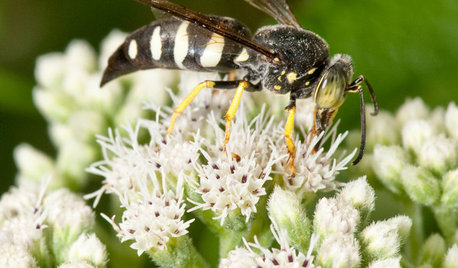
GARDENING GUIDESSand Wasps Keep True Bugs in Check and Help Pollinate Summer Flowers
Look for these solitary wasps nesting in sandy sites and foraging on flowers in July and August
Full Story
GARDENING GUIDESGreat Design Plant: Silphium Perfoliatum Pleases Wildlife
Cup plant provides structure, cover, food and water to help attract and sustain wildlife in the eastern North American garden
Full Story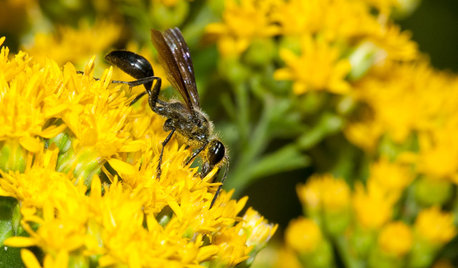
GARDENING GUIDESMeet the Grass-Carrying Wasp, a Gentle Pollinator of Summer Flowers
These fascinating insects nest in wood cavities and hollow plant stems
Full Story
DECLUTTERINGDownsizing Help: How to Edit Your Belongings
Learn what to take and what to toss if you're moving to a smaller home
Full Story
YELLOWColor of the Week: Celebrate Summer With Sunny Yellow
Bring home some of that glorious summer sunshine
Full Story
GARDENING AND LANDSCAPINGBe a Citizen Scientist to Help Wildlife, Learn and Have Fun Too
Track butterflies, study birds, capture stars ... when you aid monitoring efforts, you’re lending Mother Nature a hand
Full Story
SUMMER GARDENINGHouzz Call: Please Show Us Your Summer Garden!
Share pictures of your home and yard this summer — we’d love to feature them in an upcoming story
Full Story
COLORGarden Color: Lighten and Brighten With Yellow
From mellow to far out, yellow plants and accent features can bring a taste of the sun close to home
Full Story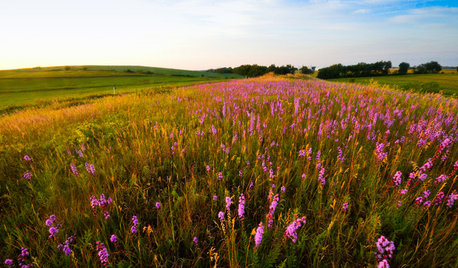
GARDENING GUIDESHelp Fuel the Monarch Migration With These 6 Prairie Plants
Try these nectar-rich beauties and help autumn monarchs
Full Story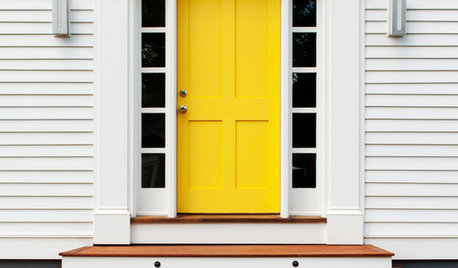
FUN HOUZZHouzz Quiz: What Color Should Your Front Door Be?
Think you’re hip enough for orange? Or optimistic enough for yellow? Take our front-door personality quiz and find out
Full Story


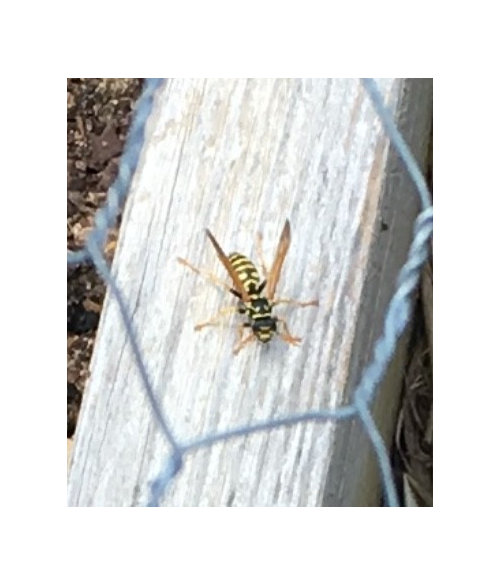
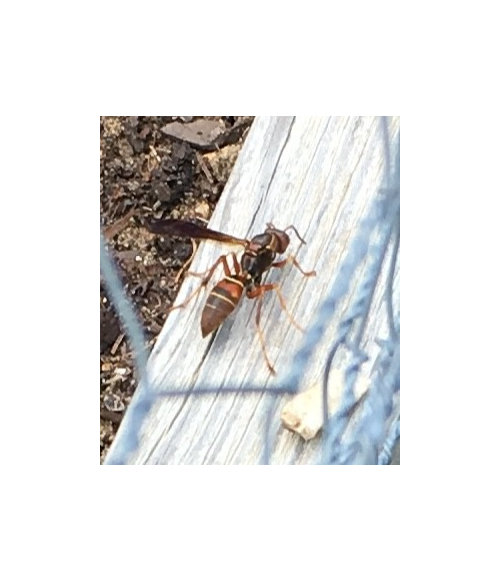
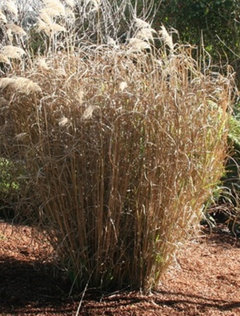
daninthedirt (USDA 9a, HZ9, CentTX, Sunset z30, Cfa)